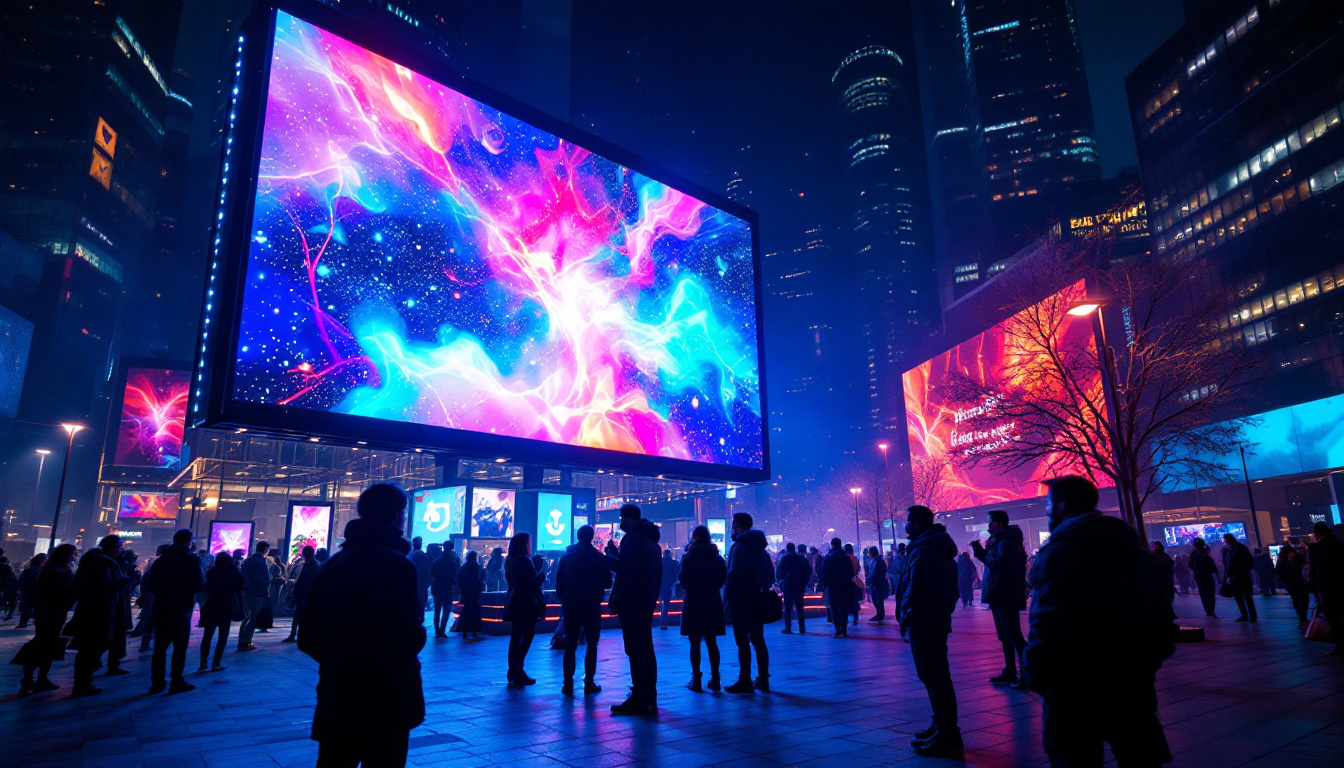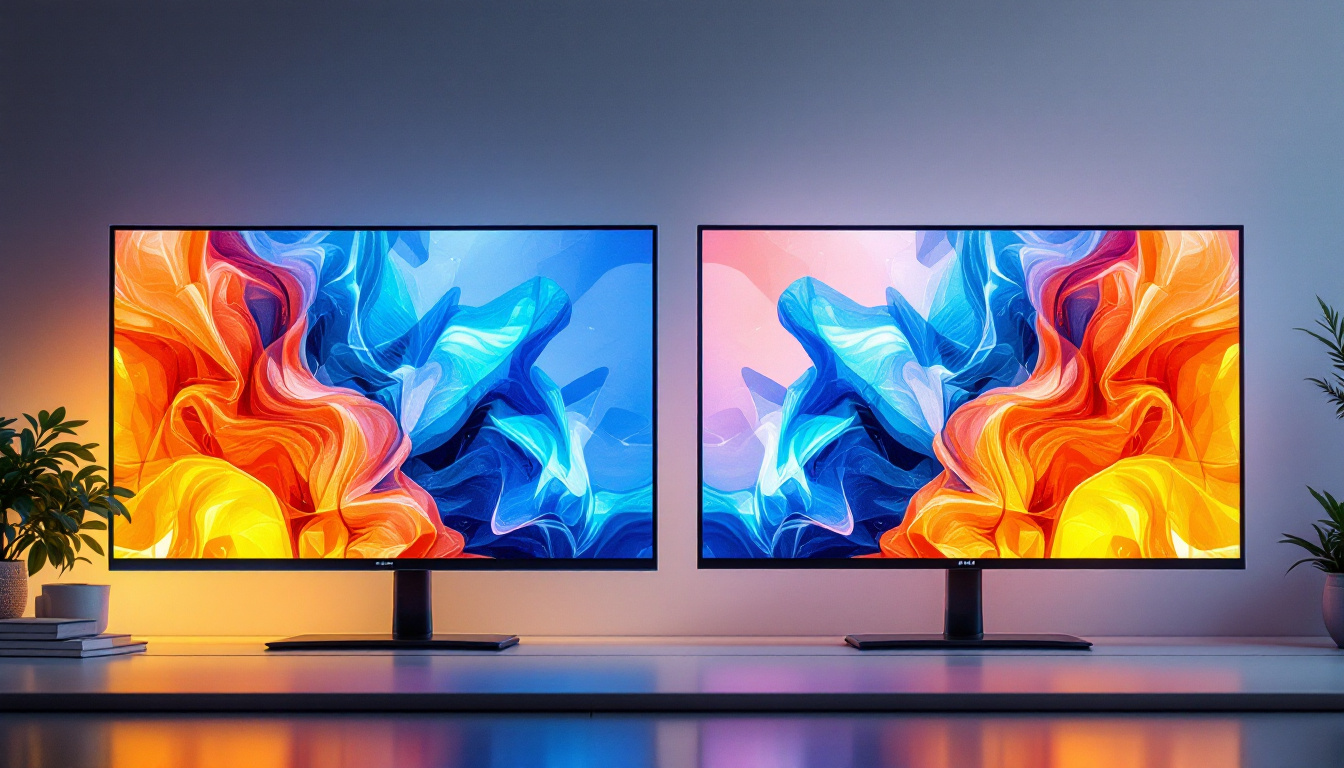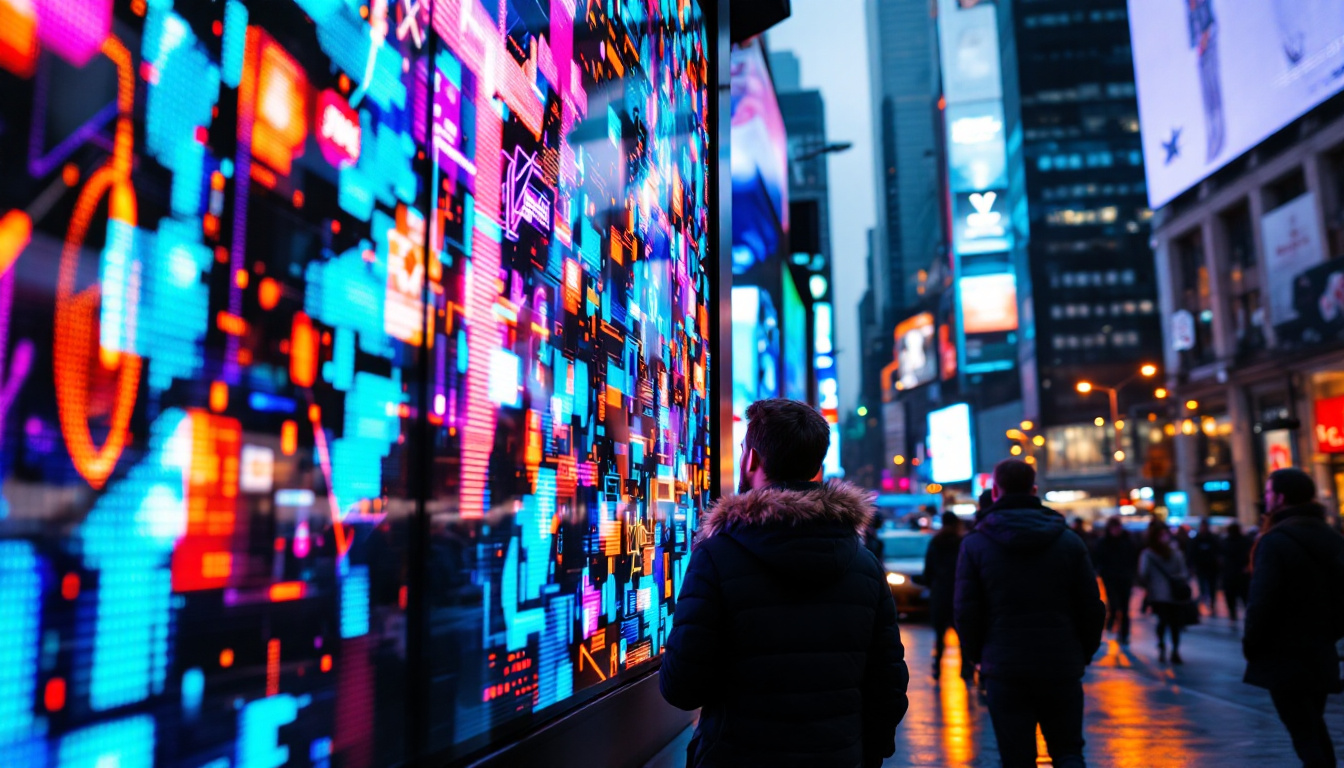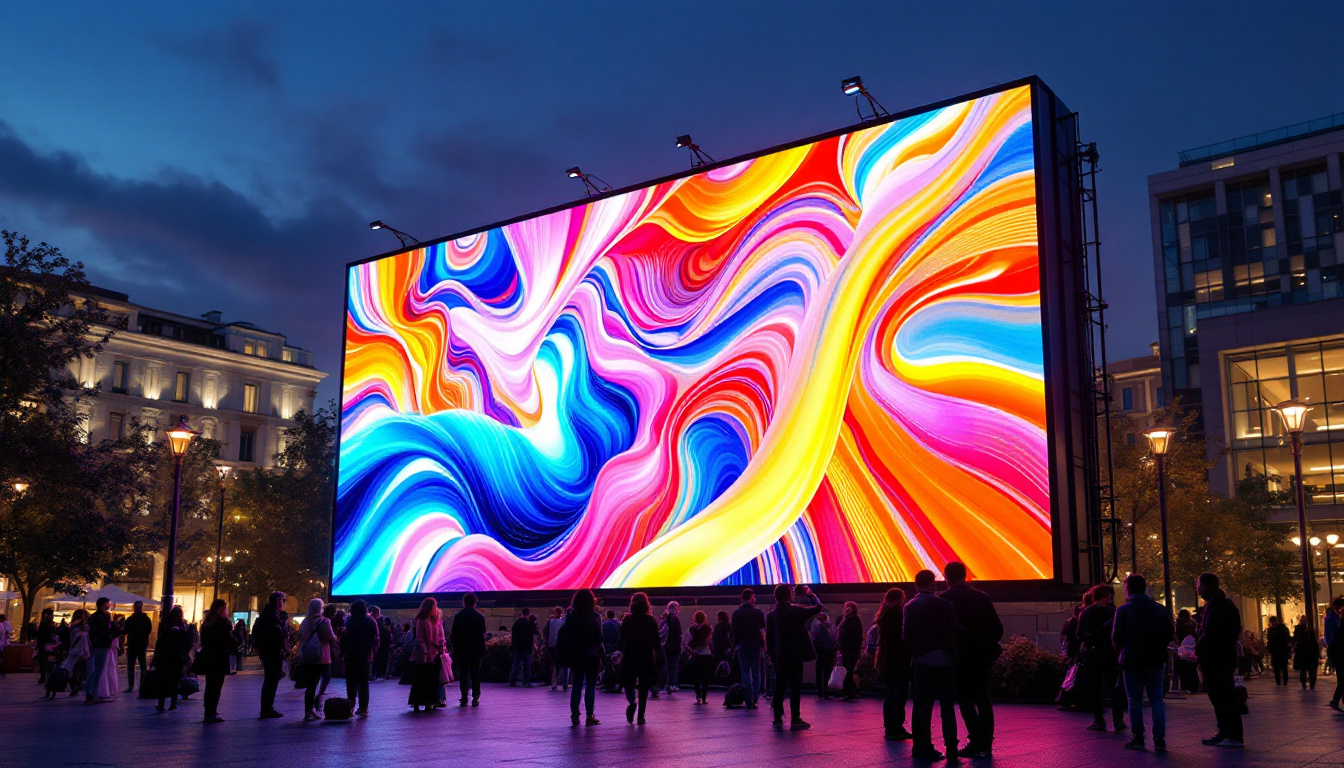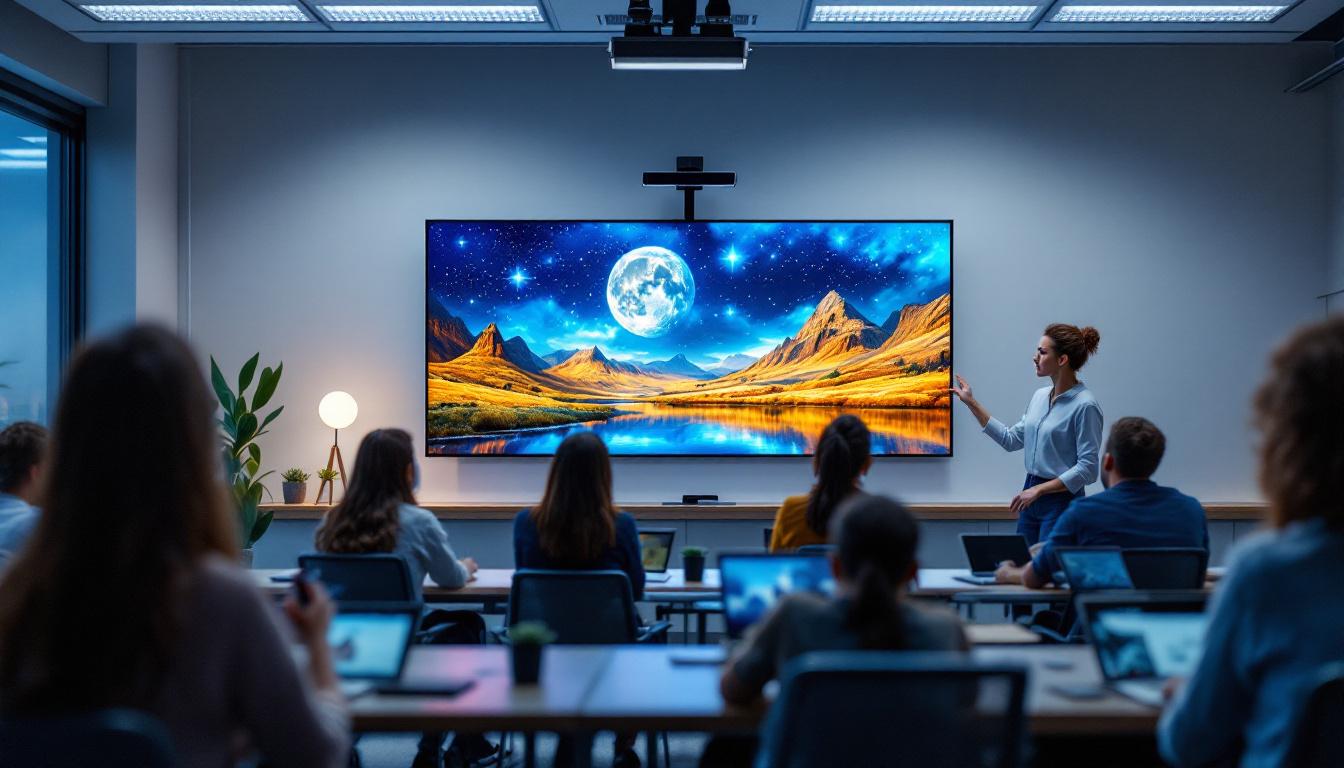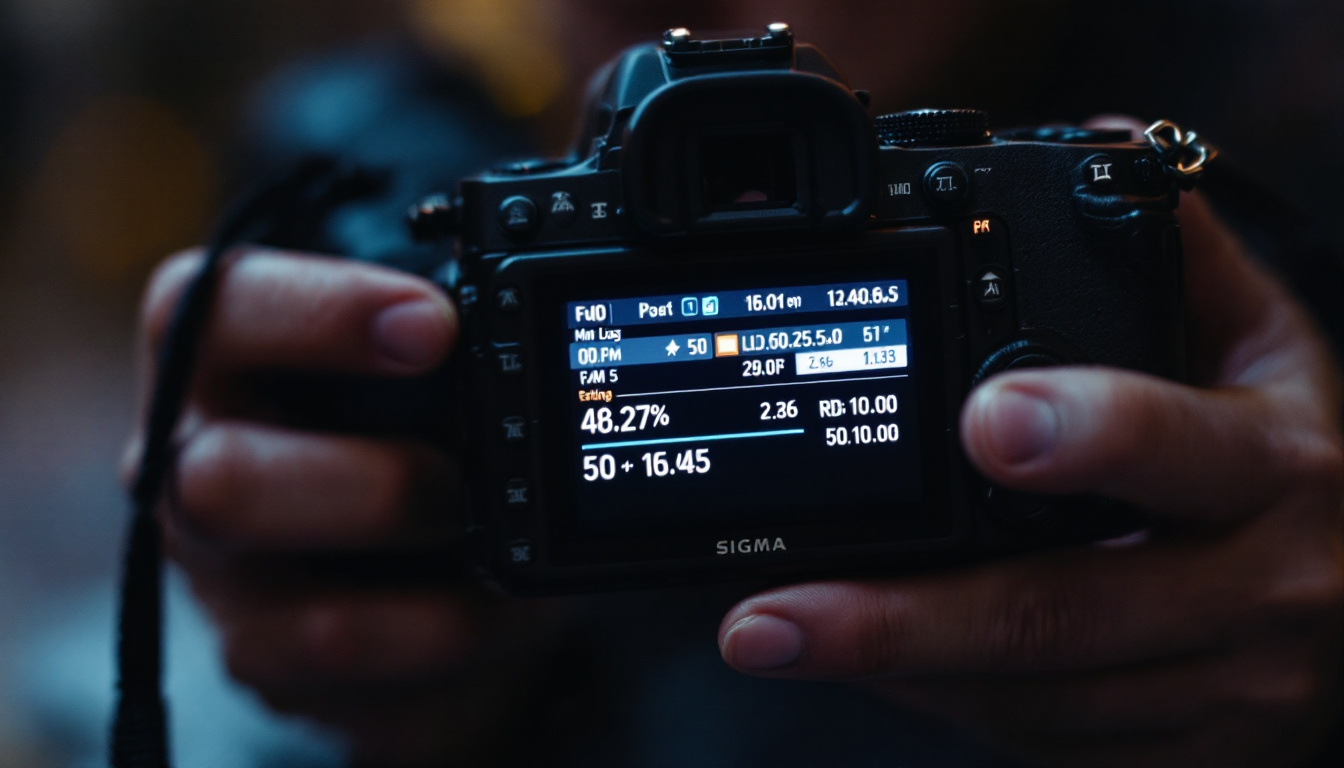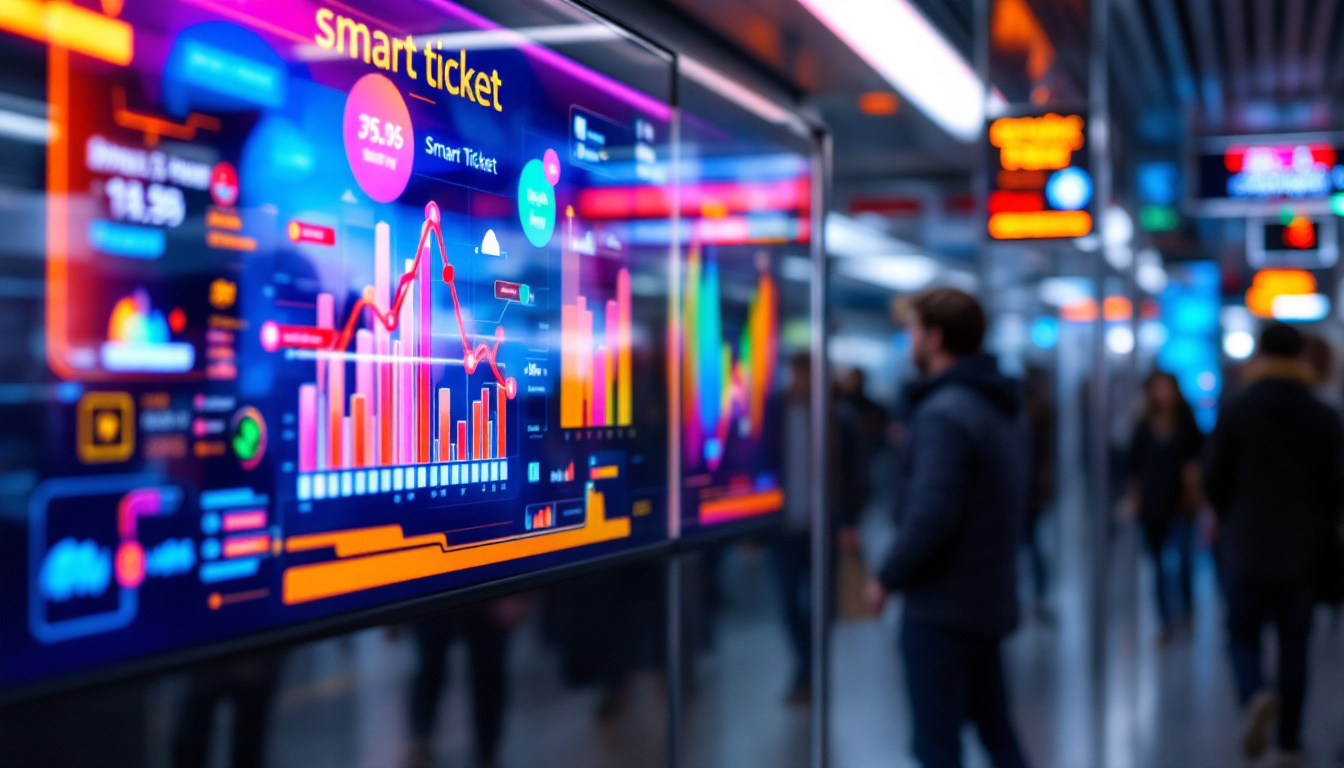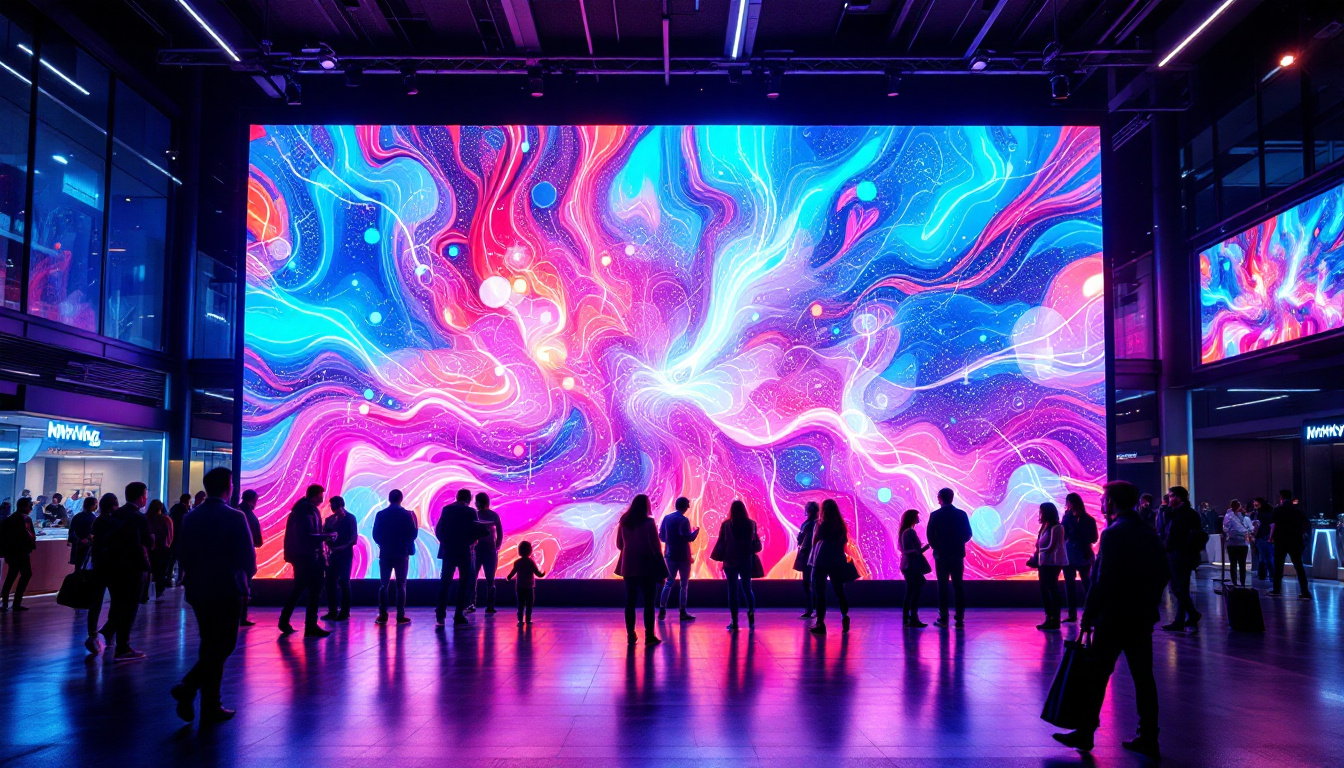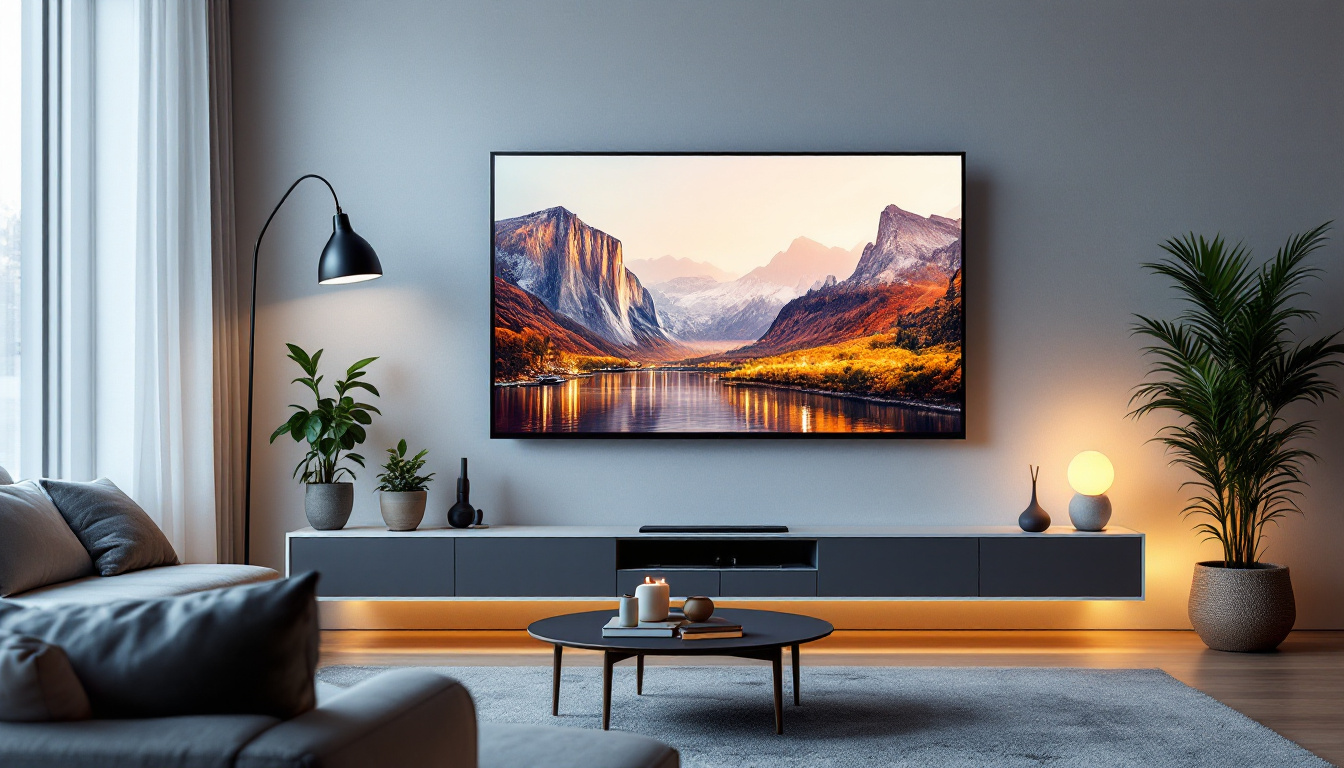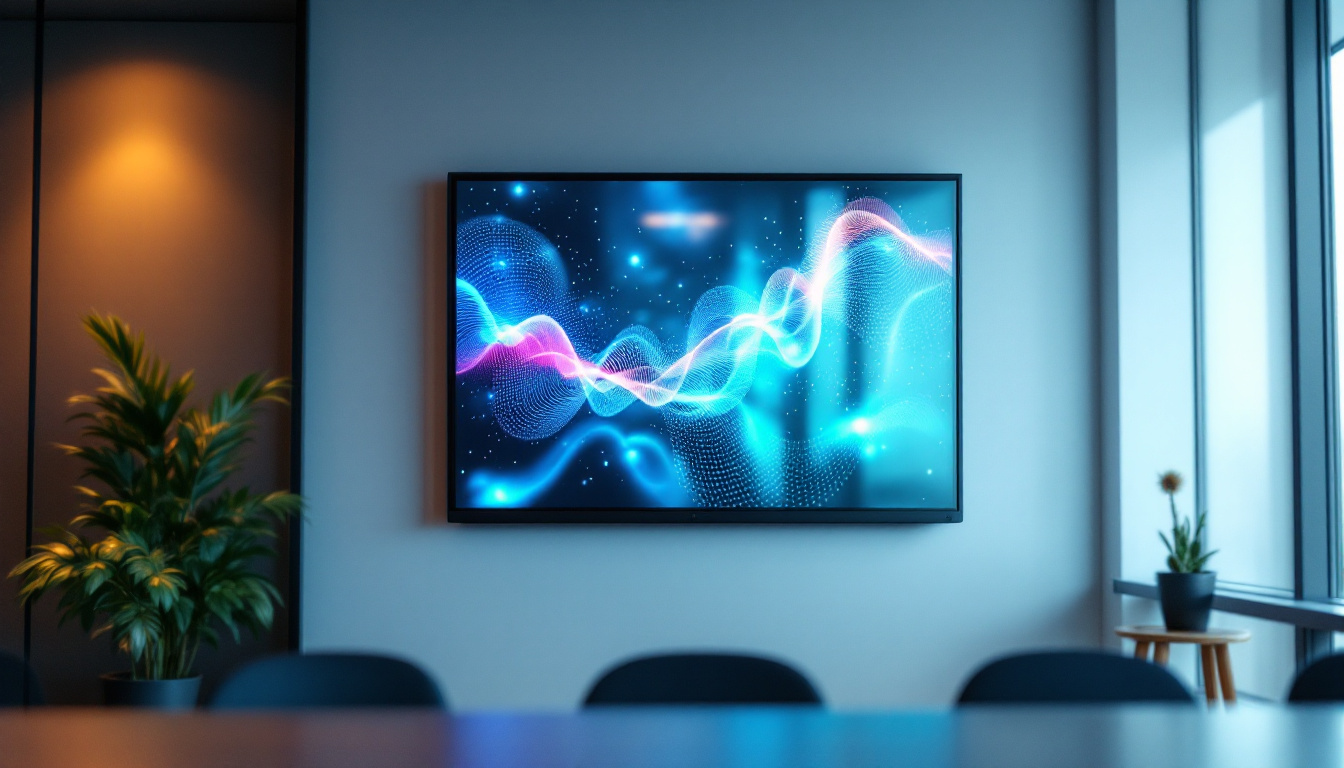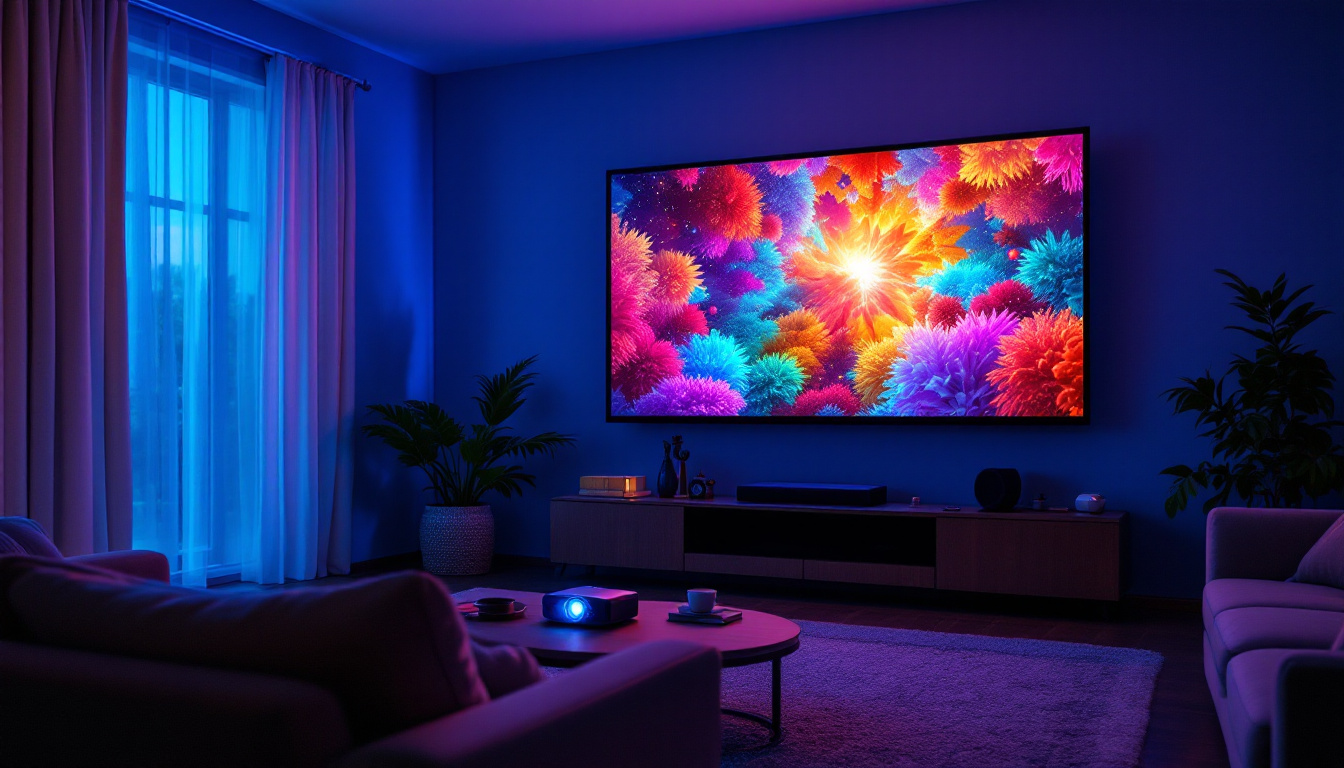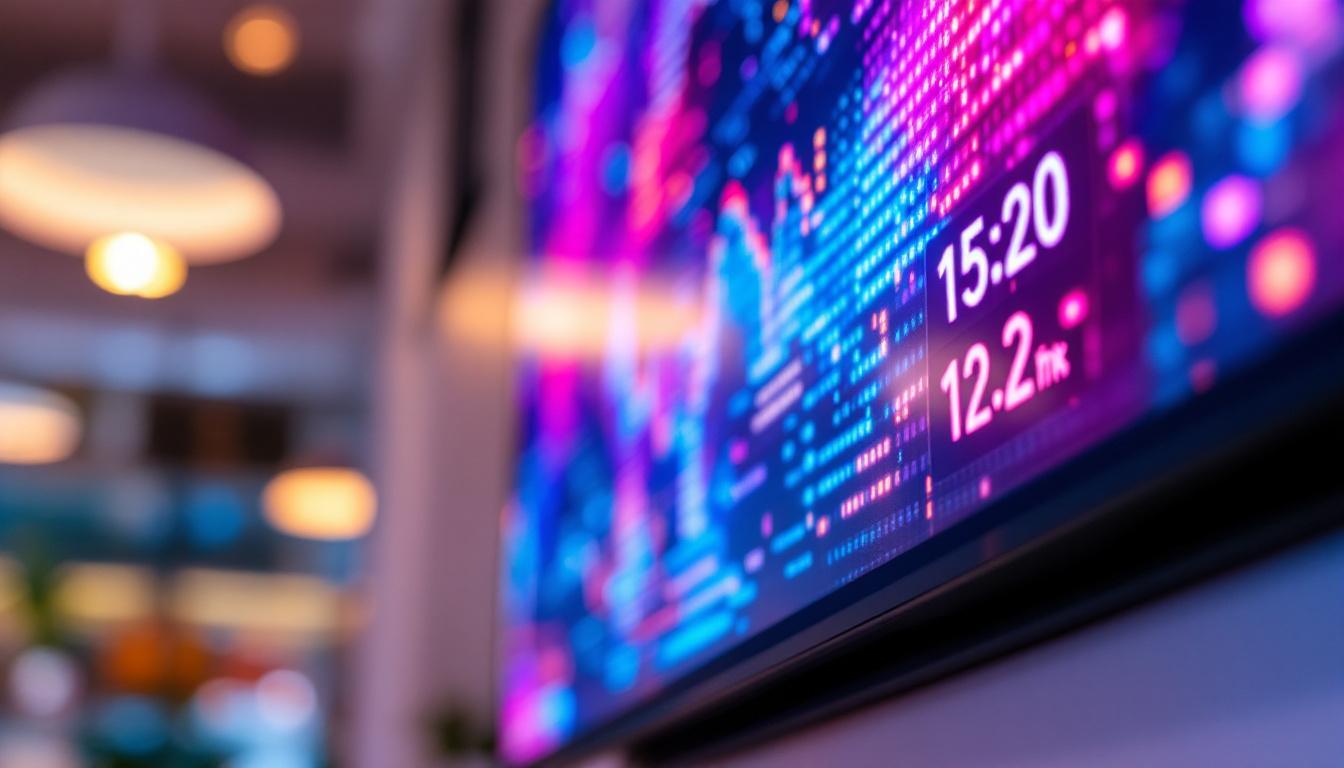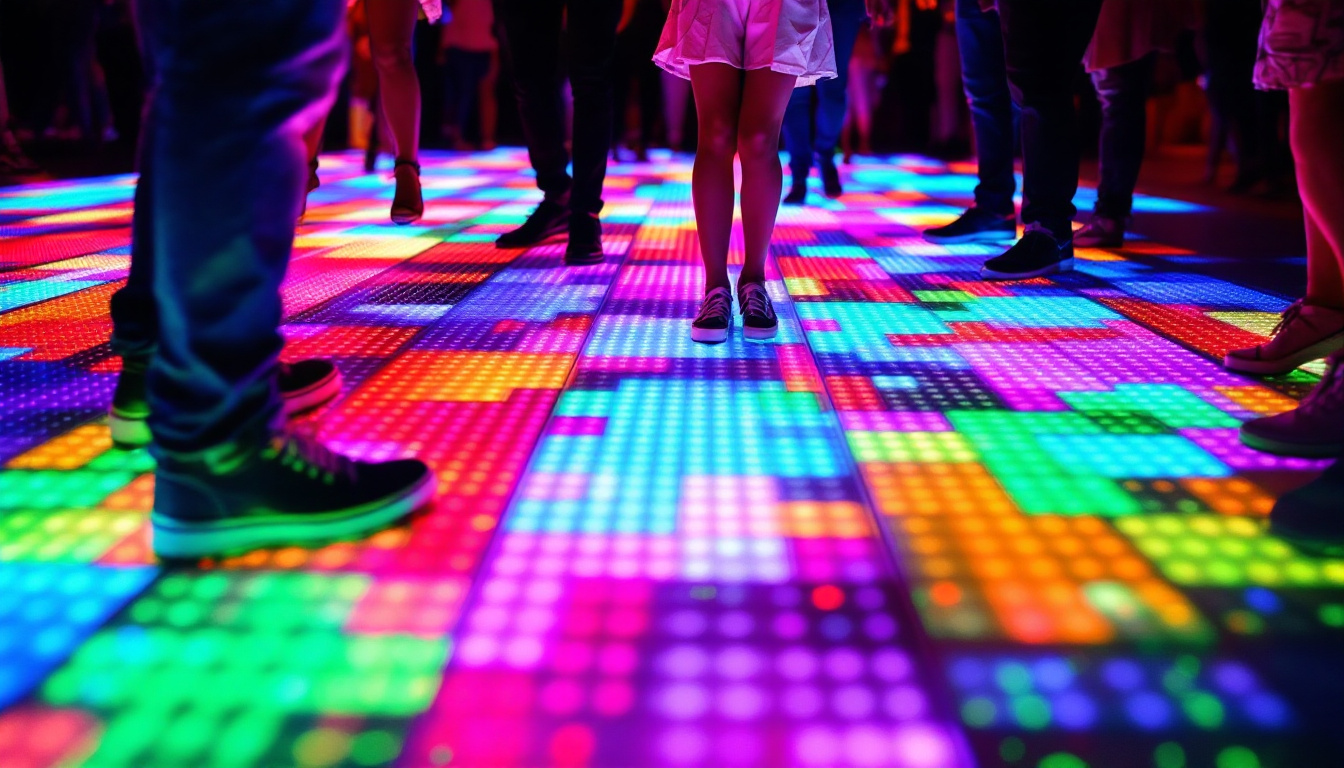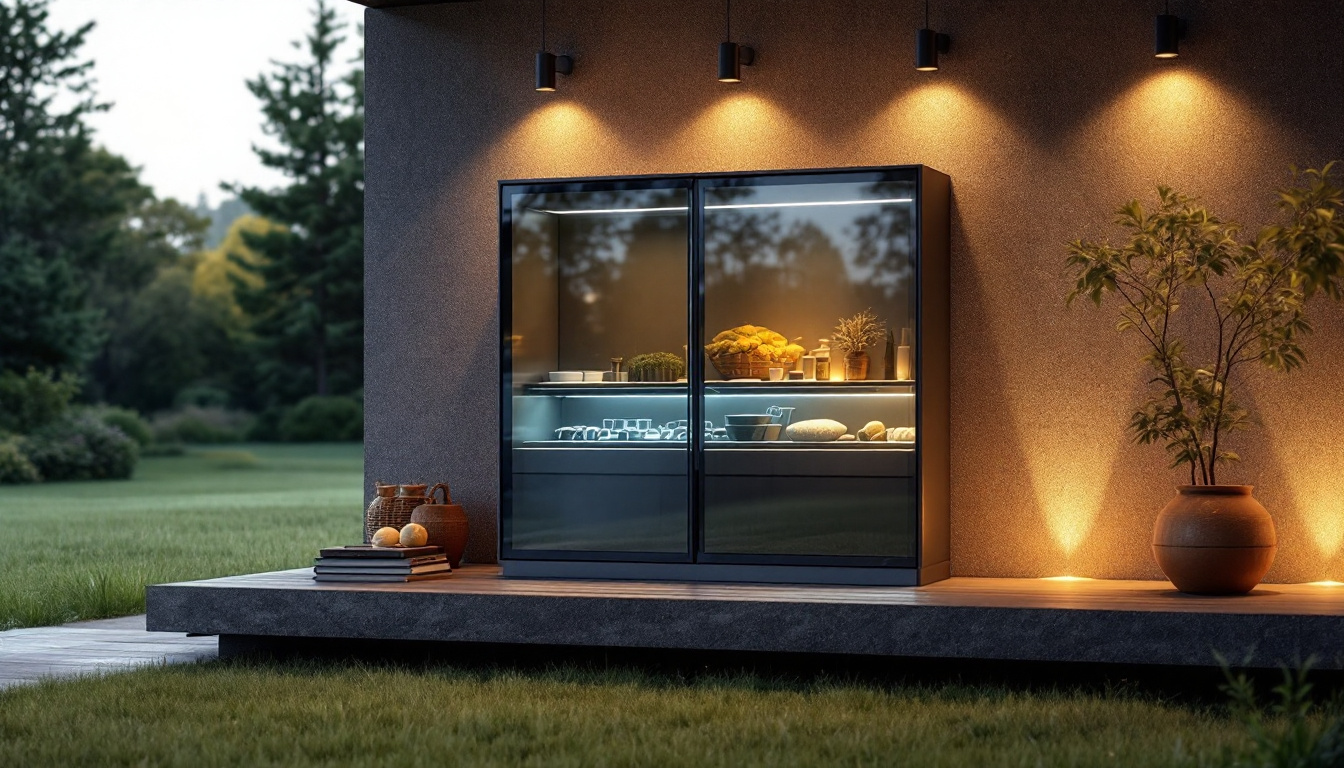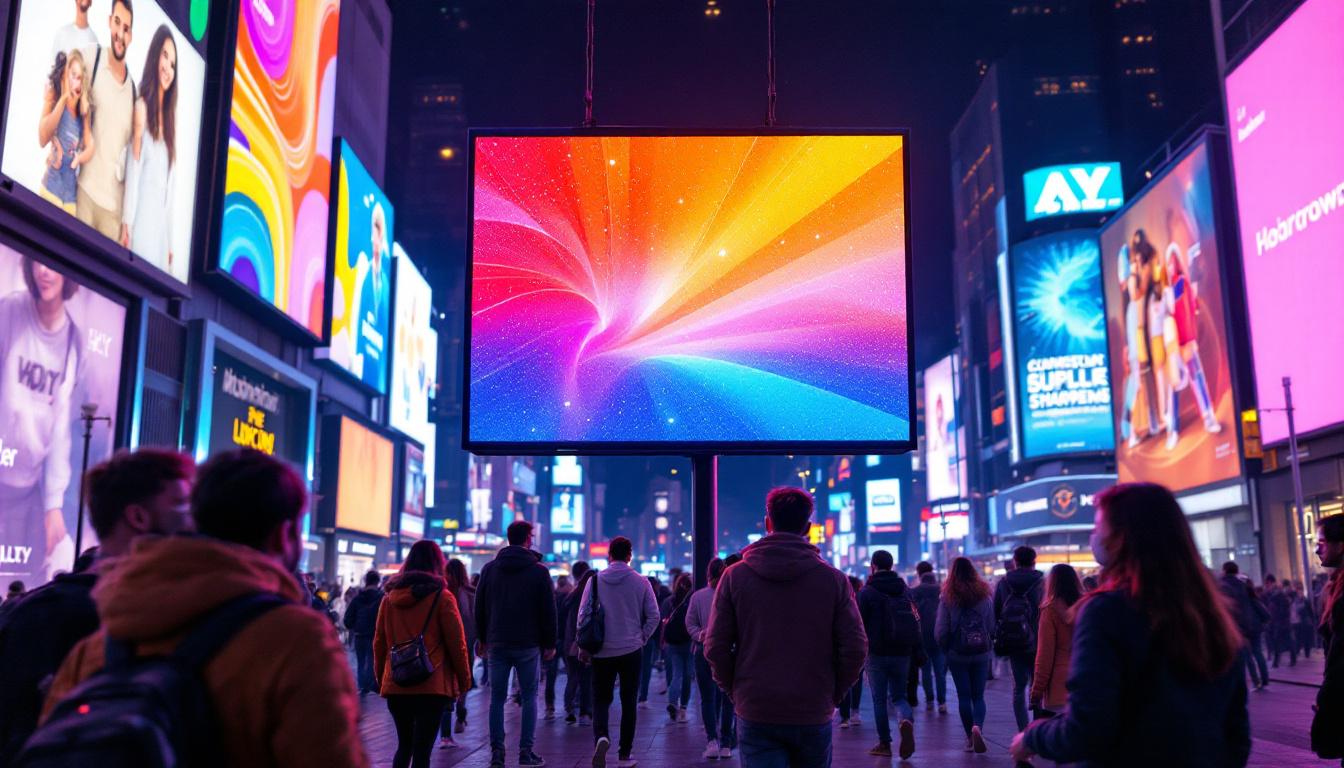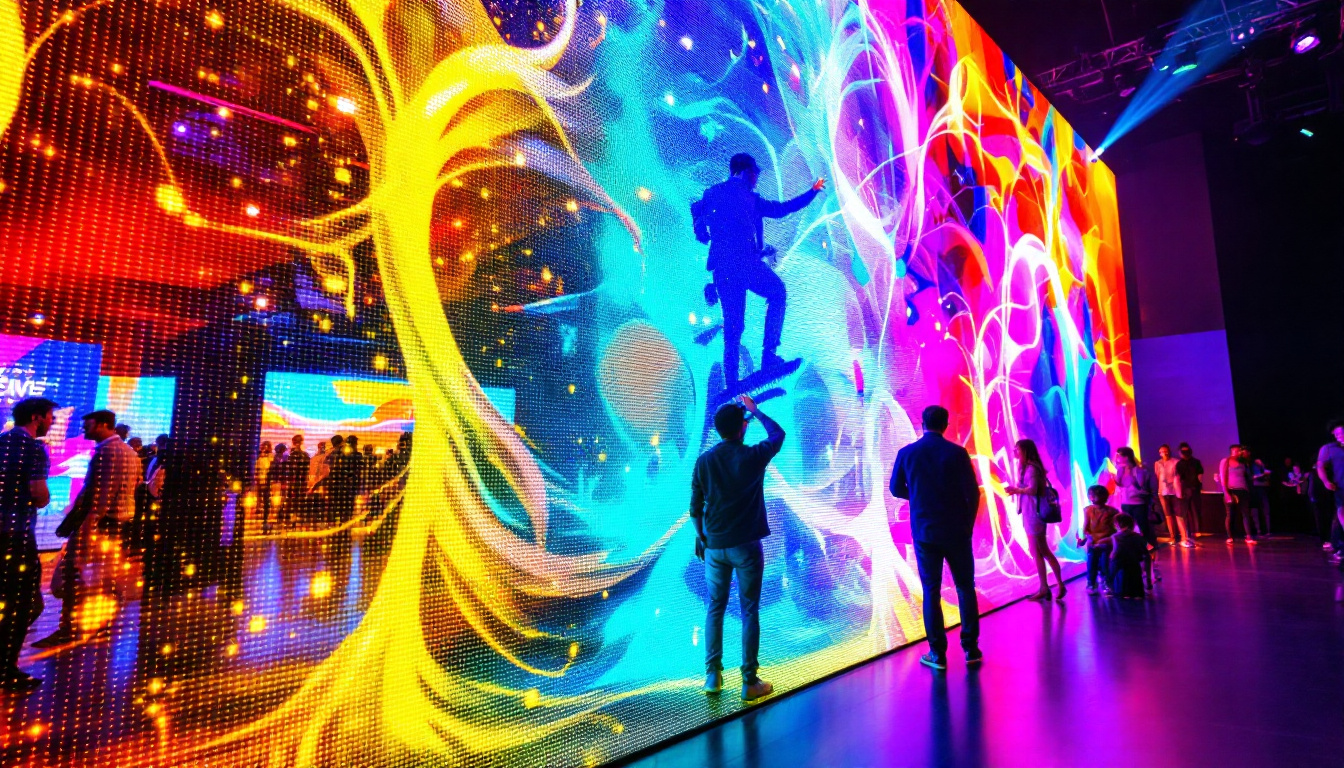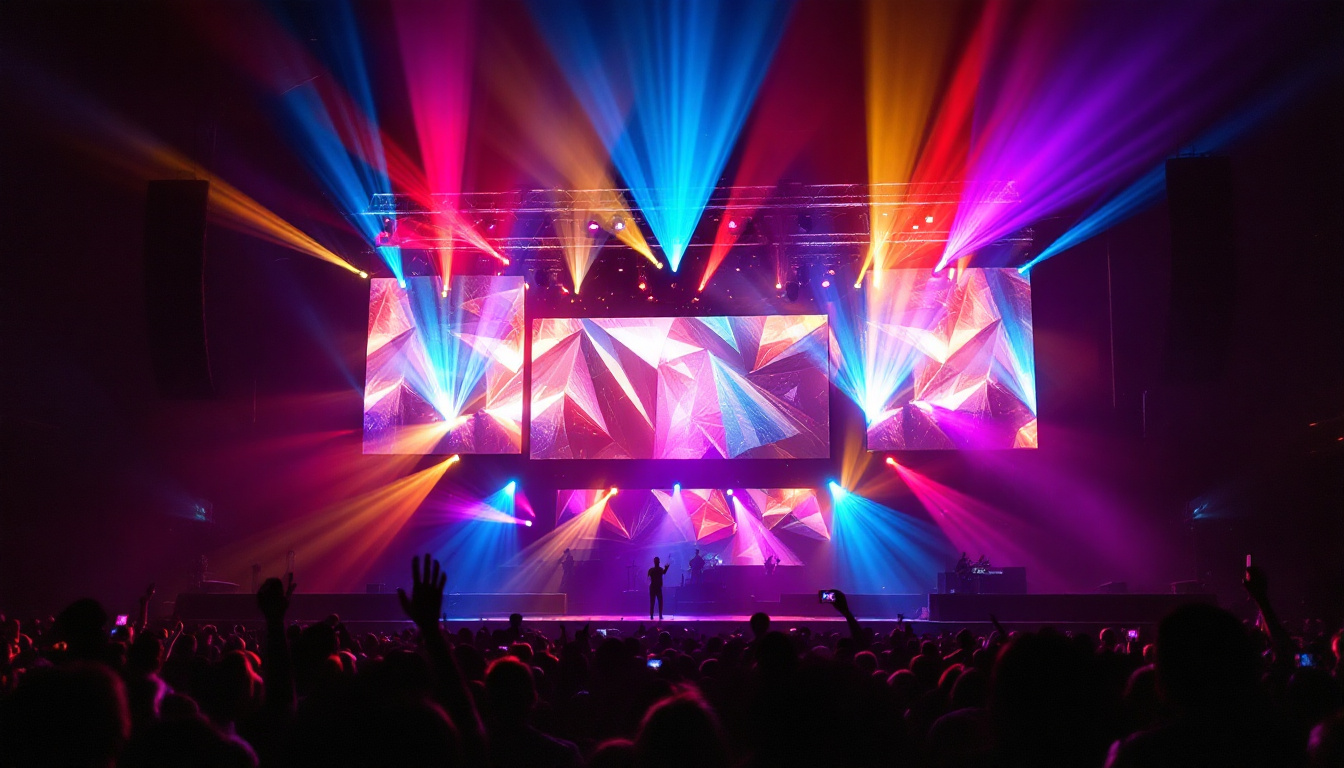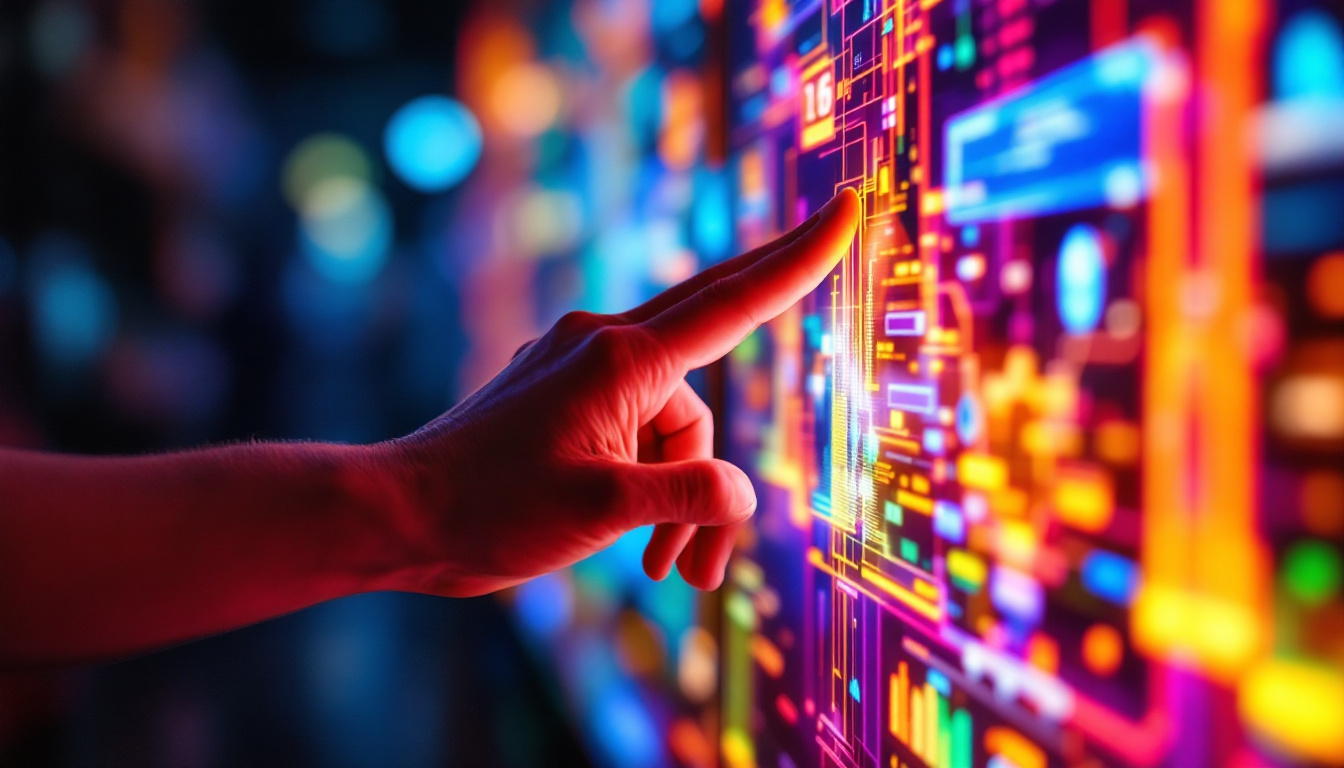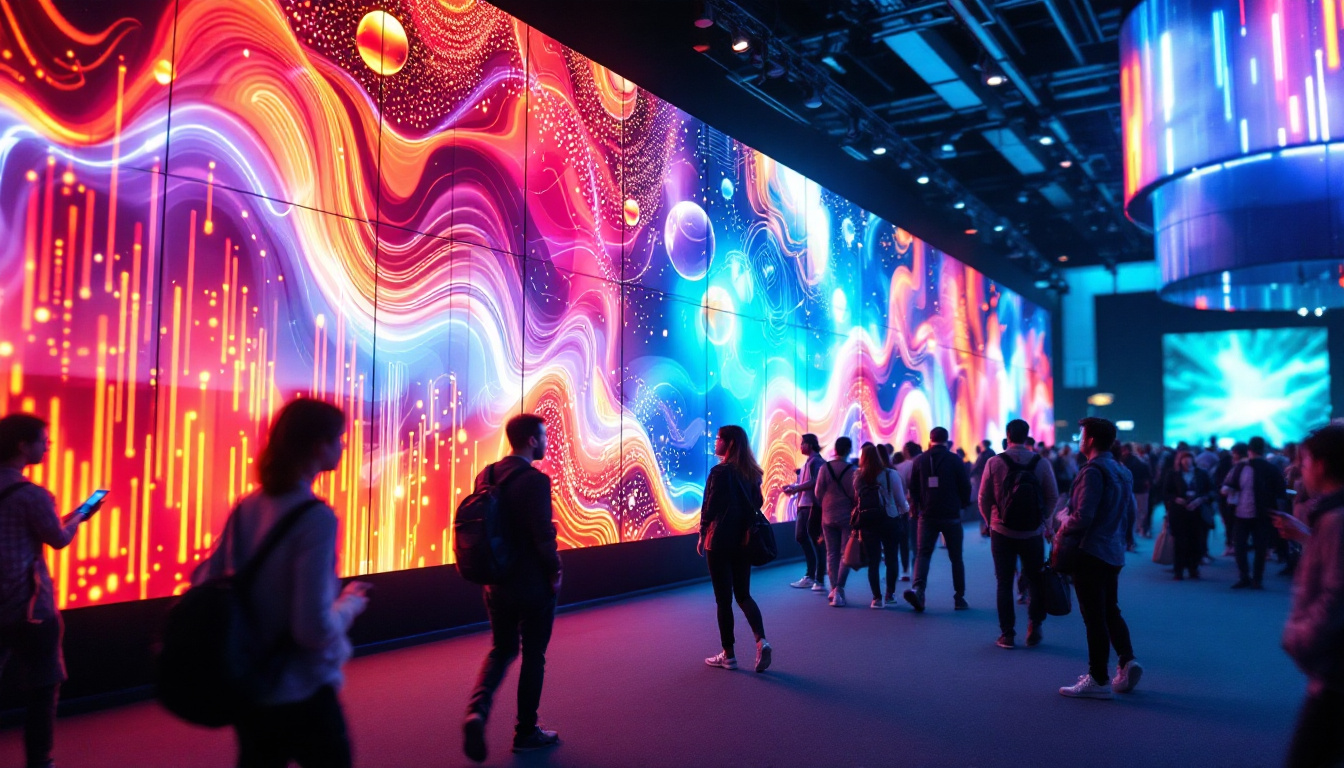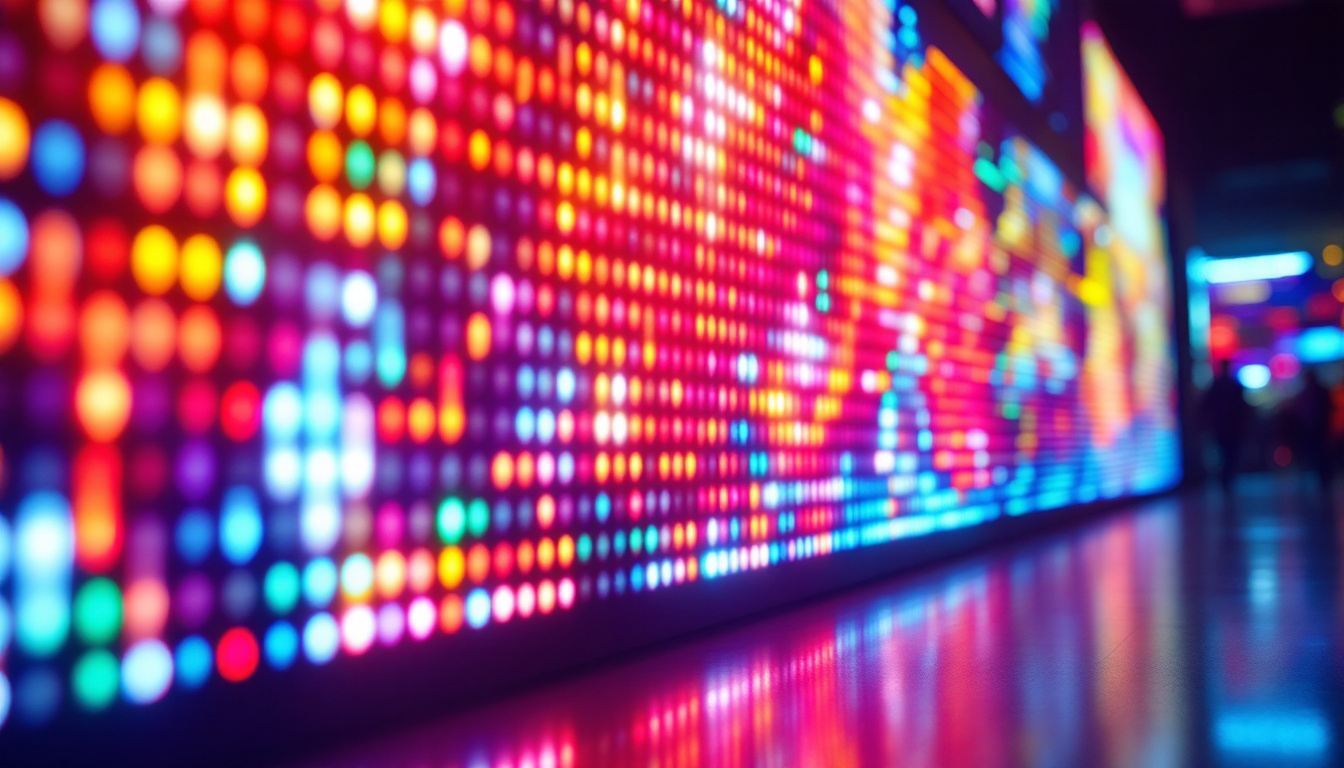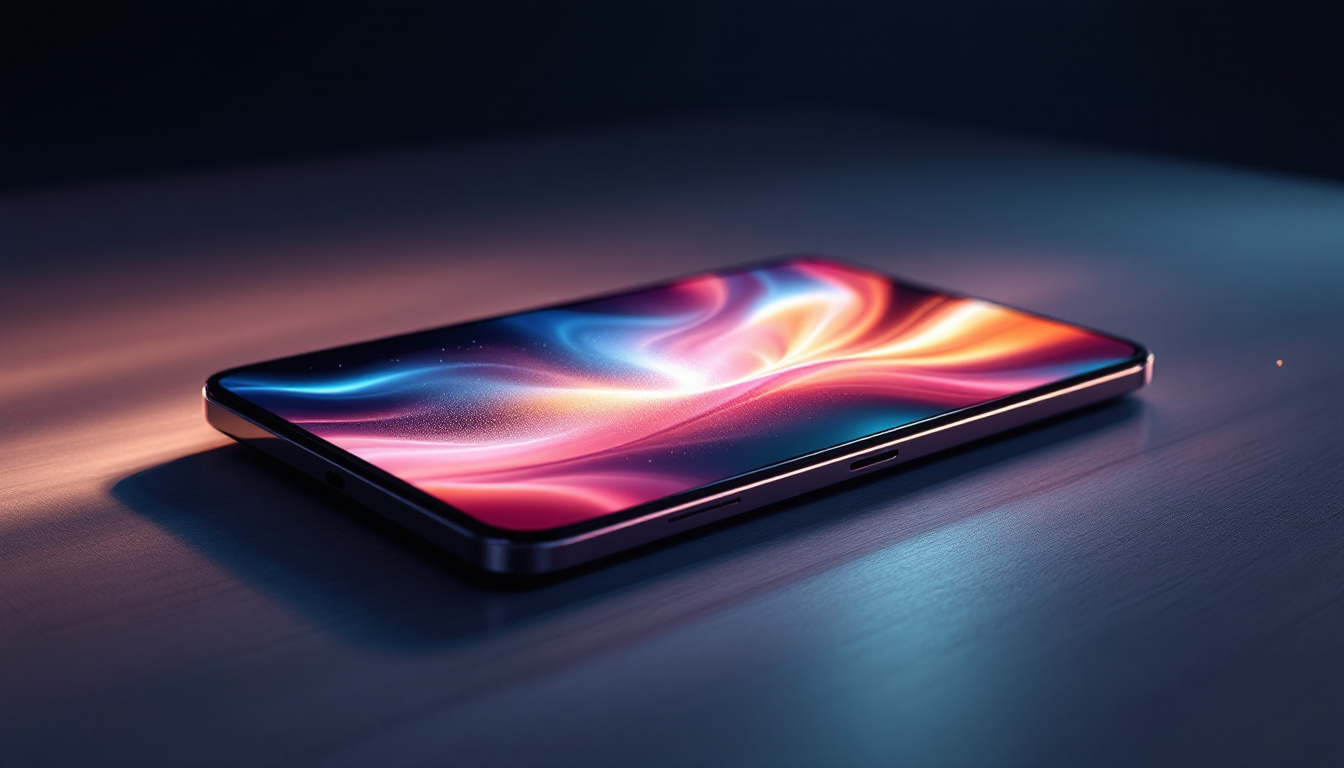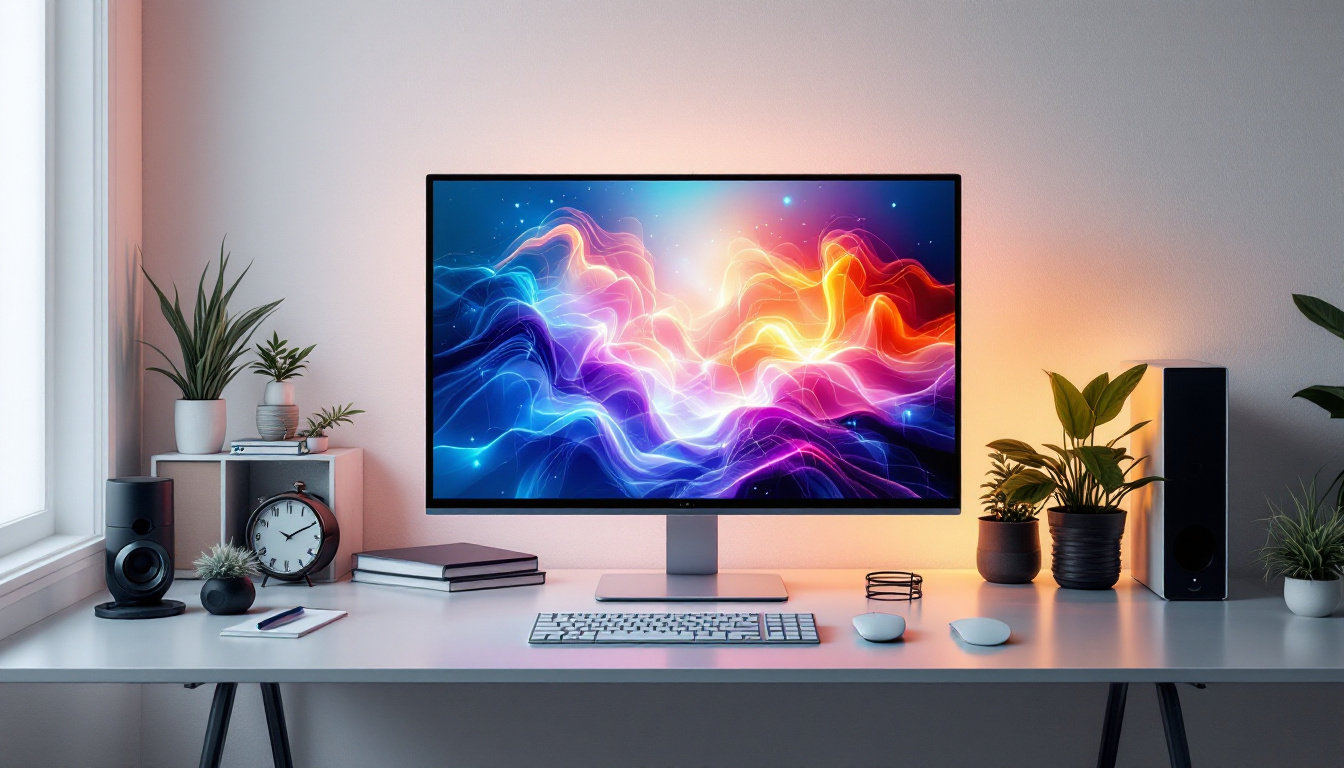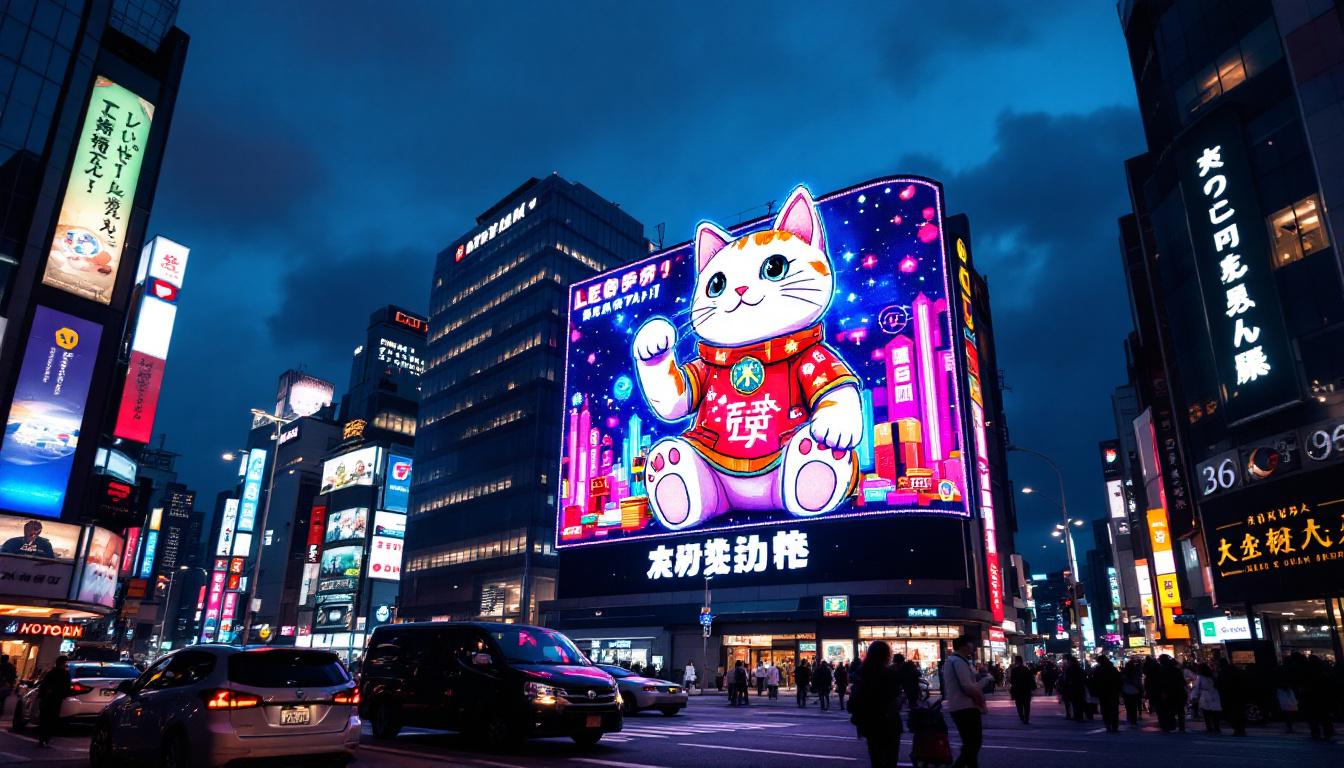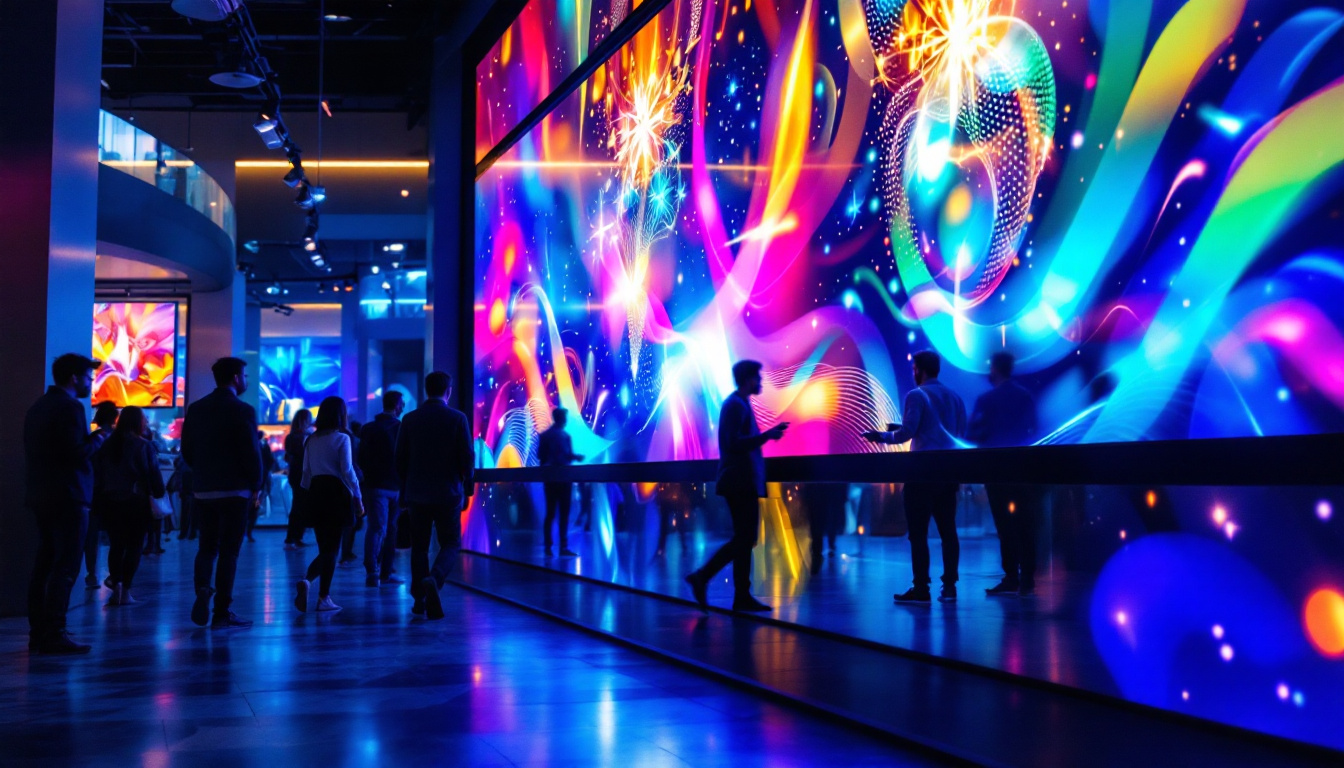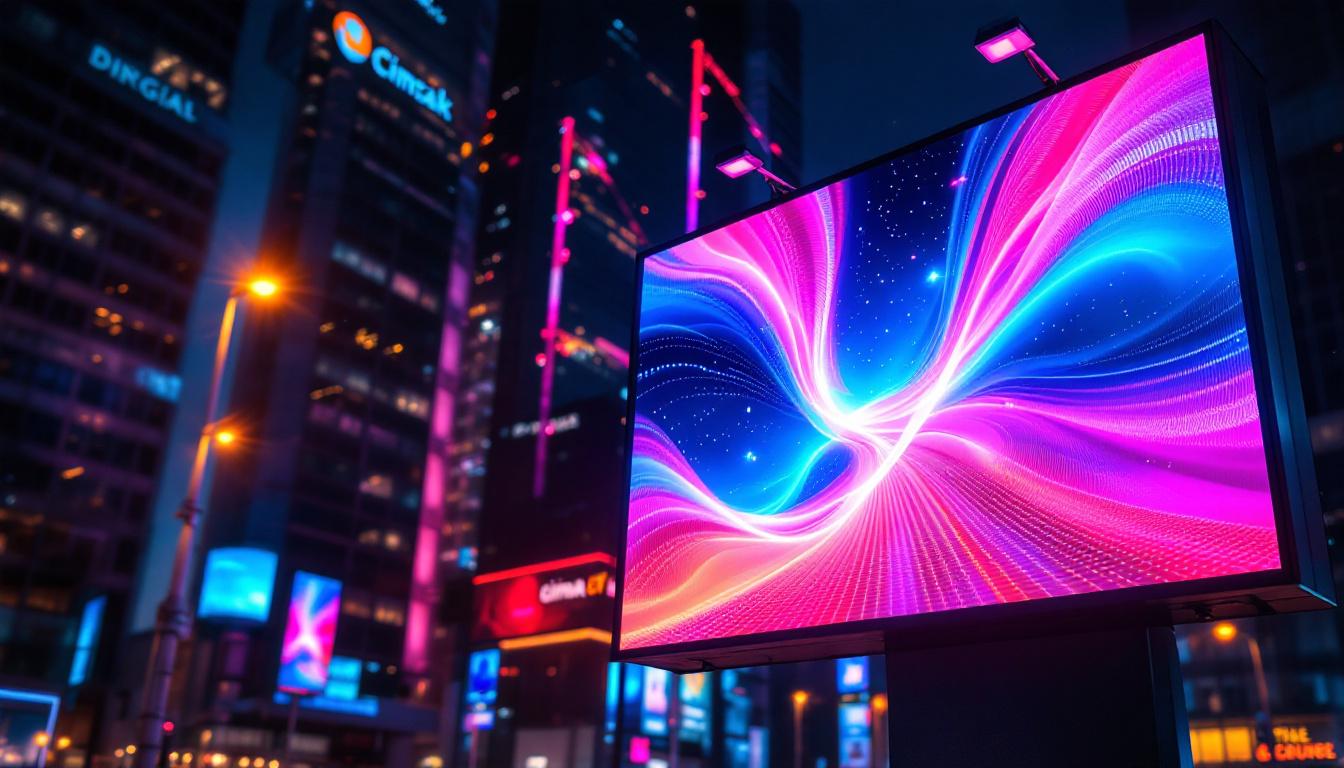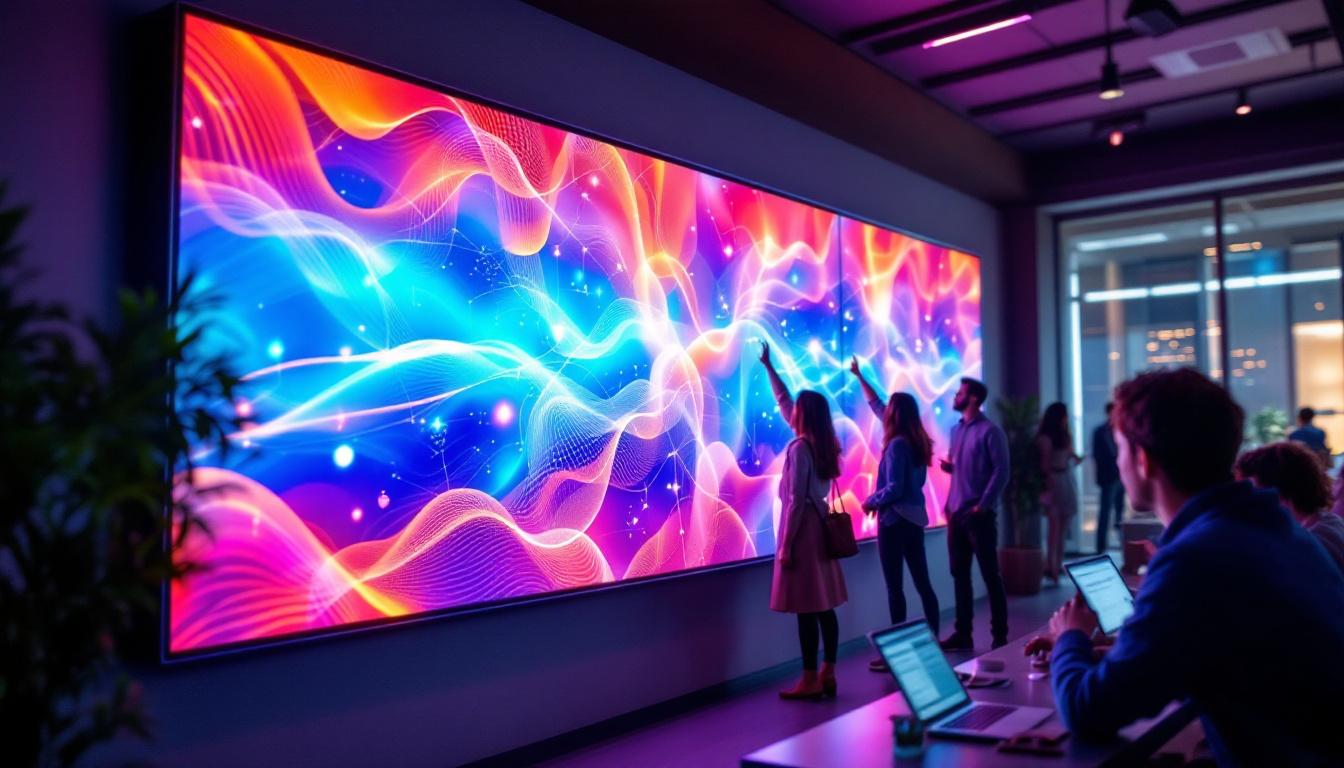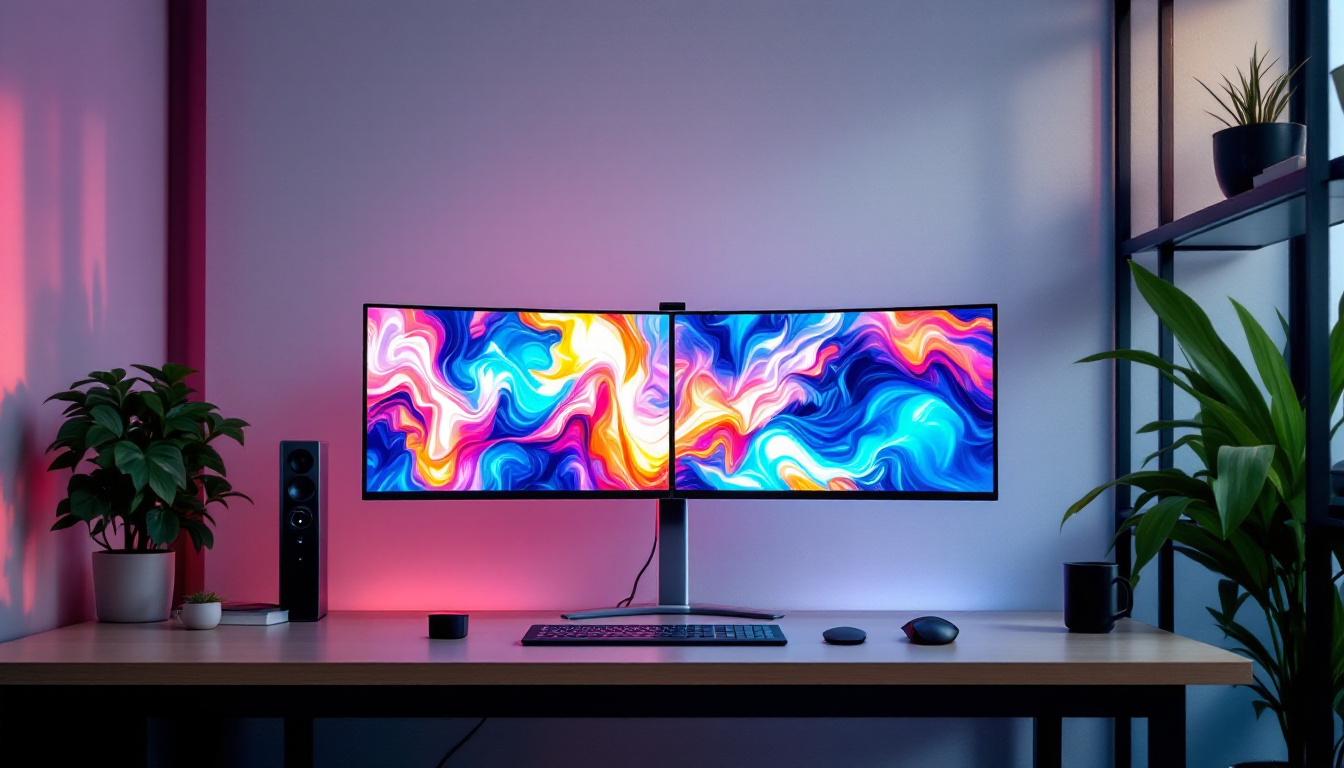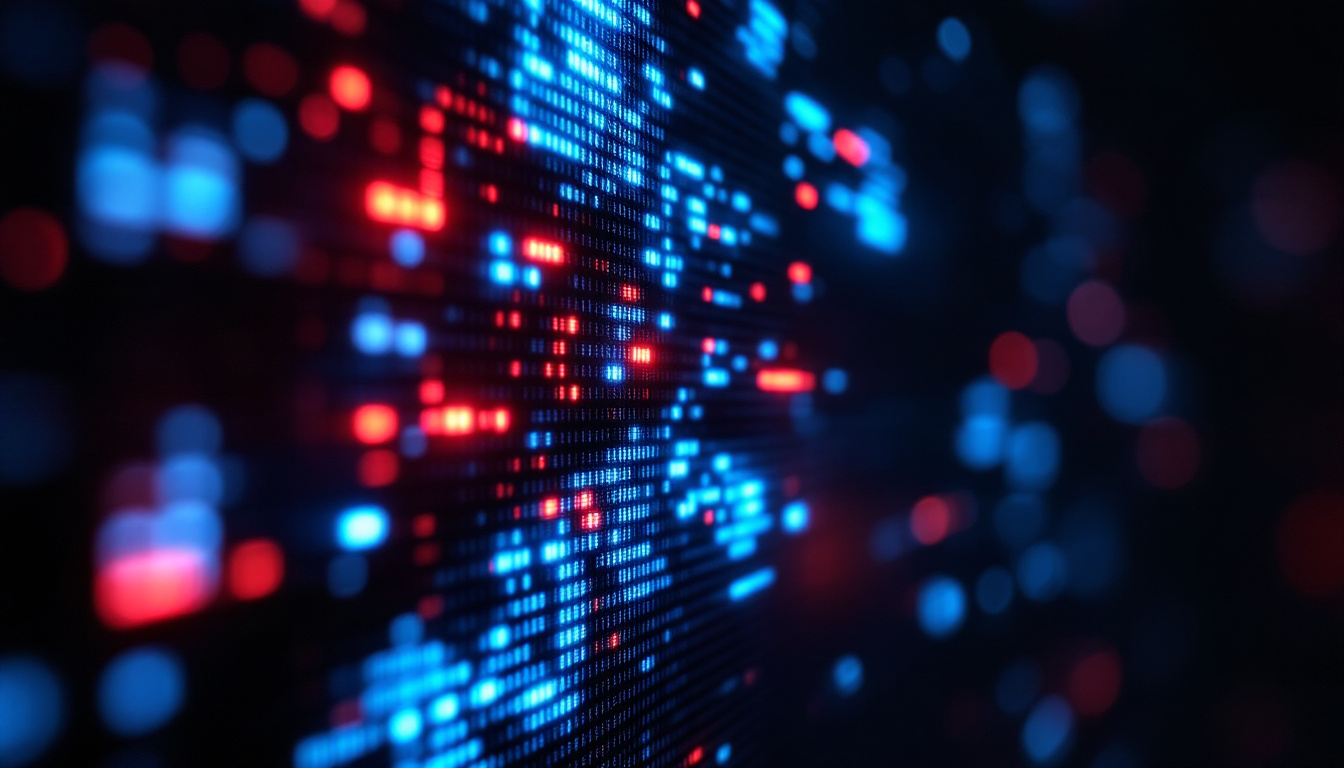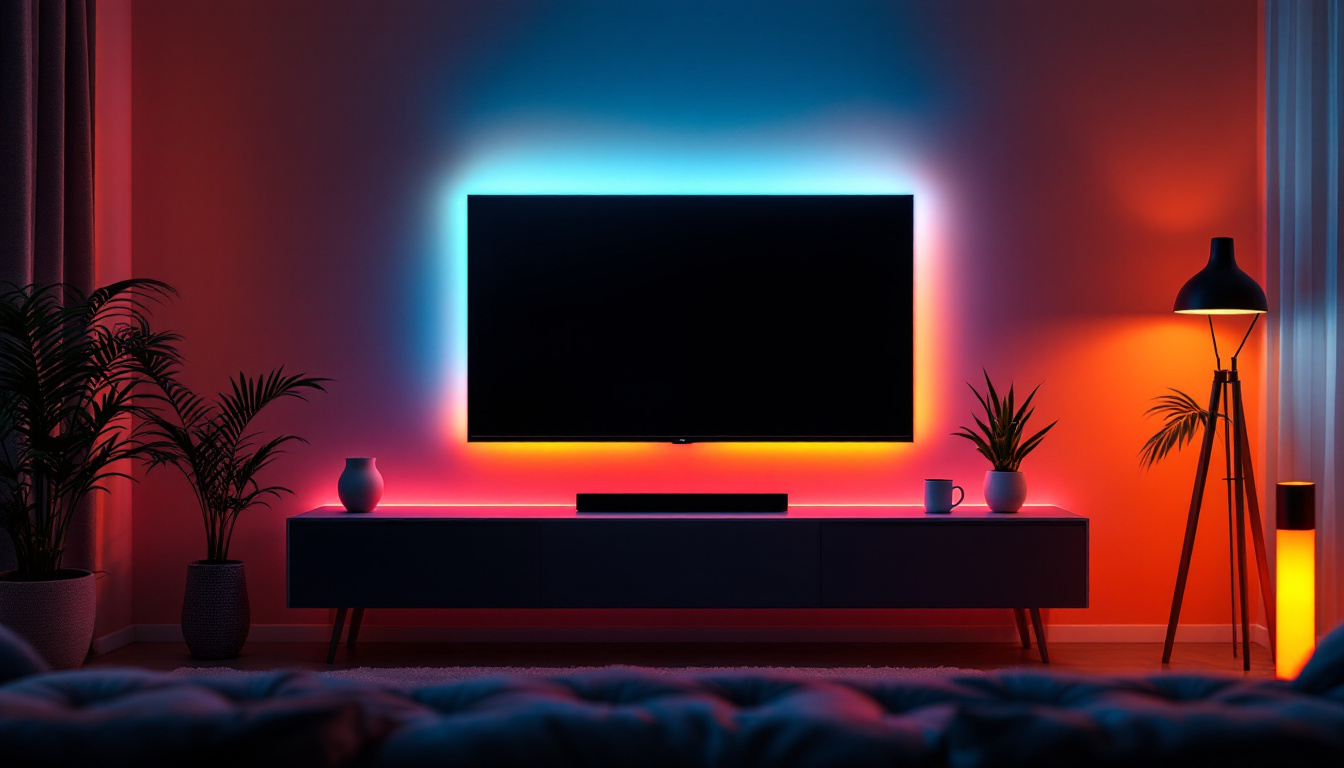In the world of modern advertising and information dissemination, LED displays have emerged as a pivotal technology. With their vibrant colors, high visibility, and adaptability, these displays are revolutionizing how messages are communicated. This article delves into the intricacies of LED displays, particularly focusing on the significance of a 120-foot LED display, its applications, and the technology behind it.
Understanding LED Technology
Light Emitting Diodes (LEDs) are semiconductor devices that emit light when an electric current passes through them. This technology has become the backbone of modern display systems, offering numerous advantages over traditional display technologies such as LCD and CRT.
How LEDs Work
At the core of an LED display are tiny diodes that produce light. Each diode can emit different colors depending on the materials used in its construction. By combining red, green, and blue (RGB) diodes, a full spectrum of colors can be created, allowing for stunning visuals and dynamic content.
The arrangement of these diodes in clusters or pixels forms the display surface. Each pixel can be individually controlled, enabling the display to show complex images, videos, and animations with remarkable clarity. This pixel-level control is particularly beneficial in applications such as digital signage and video walls, where vibrant and eye-catching displays are crucial for attracting attention and conveying information effectively.
Advantages of LED Displays
LED displays offer several benefits that make them a preferred choice for various applications. First and foremost, they are energy-efficient, consuming significantly less power than traditional display technologies. This efficiency not only reduces operational costs but also minimizes environmental impact.
Additionally, LED displays provide superior brightness and contrast, making them visible in a variety of lighting conditions, including direct sunlight. Their durability and long lifespan further enhance their appeal, as they require less frequent replacements and maintenance. Furthermore, the flexibility of LED technology allows for innovative designs, such as curved or transparent displays, which can be integrated into a wide range of environments, from retail spaces to public installations. As a result, manufacturers and designers are continually exploring new ways to leverage LED technology to create immersive experiences that captivate audiences and enhance communication.
The Significance of a 120-Foot LED Display
A 120-foot LED display is more than just a large screen; it represents a powerful tool for communication and branding. The size allows for greater visibility and impact, making it ideal for high-traffic areas such as city centers, stadiums, and concert venues.
Applications in Advertising
In the realm of advertising, a 120-foot LED display can transform the way brands connect with their audience. The expansive surface area allows for high-resolution images and videos that can capture attention from a distance. Advertisers can showcase dynamic content that can be updated in real-time, ensuring that their messages remain relevant and engaging.
Moreover, the ability to display multiple advertisements in a rotating format maximizes exposure for various brands, making it a cost-effective solution for advertisers looking to reach a broad audience. This flexibility also enables brands to tailor their messages based on the time of day or specific events, ensuring that the content resonates with the current mood and interests of passersby. For instance, a display can feature vibrant summer promotions during the day and shift to cozy winter campaigns as the seasons change, creating a continuous dialogue with the audience.
Enhancing Public Information Systems
Beyond advertising, 120-foot LED displays play a crucial role in public information systems. They can be utilized for displaying real-time information such as traffic updates, weather alerts, and emergency messages. The visibility of such large displays ensures that critical information reaches a wide audience quickly and effectively.
In educational institutions, these displays can serve as digital bulletin boards, providing students and faculty with timely announcements and event information. The versatility of LED technology allows for the integration of interactive features, enhancing user engagement. For example, students could interact with the display to find directions to events or access schedules, making it a central hub of information on campus. Additionally, during school events, these displays can be used to showcase live feeds, highlight achievements, or even create a sense of community by displaying messages from students and faculty alike, fostering a more inclusive environment.
Furthermore, in the context of public safety, these displays can serve as vital communication tools during emergencies, providing clear and immediate instructions to the public. In situations such as natural disasters or security threats, the rapid dissemination of information can be lifesaving, ensuring that individuals are informed and can respond appropriately. The integration of such displays into urban infrastructure not only enhances communication but also contributes to the overall safety and well-being of the community.
Technical Specifications of a 120-Foot LED Display
Understanding the technical specifications of a 120-foot LED display is essential for evaluating its performance and suitability for specific applications. Key specifications include pixel pitch, brightness, resolution, and refresh rate.
Pixel Pitch and Resolution
Pixel pitch refers to the distance between the centers of two adjacent pixels, typically measured in millimeters. A smaller pixel pitch results in higher resolution, allowing for more detailed images. For a 120-foot display, a pixel pitch of 10mm or less is often recommended to ensure clarity, especially when viewed from a distance.
Resolution, measured in pixels, determines the overall quality of the display. A higher resolution means more pixels are packed into the display, resulting in sharper images and finer details. For large displays, achieving an optimal balance between pixel pitch and resolution is crucial for effective visual communication. This balance is particularly important in environments such as stadiums or concert venues, where audiences may be seated at varying distances from the screen. A well-calibrated resolution can significantly enhance the viewer’s experience, making it easier to read text and appreciate intricate graphics.
Brightness and Refresh Rate
Brightness is another critical specification, measured in nits. A 120-foot LED display should have a brightness level of at least 5,000 nits to ensure visibility in various lighting conditions, including bright sunlight. This high brightness level enhances the display’s effectiveness in outdoor settings. Additionally, advanced LED technology allows for dynamic brightness adjustment, which can optimize the display’s performance based on ambient light conditions, ensuring that the content remains vibrant and eye-catching at all times.
The refresh rate, measured in hertz (Hz), indicates how often the display updates the image per second. A higher refresh rate is essential for displaying fast-moving content, such as videos or animations, without blurring. For a 120-foot display, a refresh rate of 60Hz or higher is typically recommended. This specification is particularly vital for applications involving live sports or fast-paced entertainment, where every frame counts. Moreover, some high-end displays can achieve refresh rates of 120Hz or more, providing an even smoother viewing experience that can captivate audiences and enhance engagement during events.
Installation and Maintenance Considerations
Installing a 120-foot LED display involves careful planning and execution. Factors such as location, structural support, and power supply must be considered to ensure optimal performance and longevity.
Site Assessment and Structural Support
Before installation, a thorough site assessment is necessary to determine the best location for the display. Factors such as visibility, foot traffic, and proximity to power sources play a significant role in this decision. Additionally, structural support must be evaluated to ensure that the display can withstand environmental factors such as wind and rain.
Once the site is determined, specialized mounting systems are employed to secure the display safely. These systems are designed to handle the weight and dimensions of a large LED display, ensuring stability and safety.
Regular Maintenance and Upkeep
Maintaining a 120-foot LED display is crucial for ensuring its longevity and performance. Regular inspections should be conducted to identify any potential issues, such as faulty pixels or electrical problems. Cleaning the display surface is also essential, as dust and debris can affect visibility and performance.
Most manufacturers recommend a routine maintenance schedule that includes software updates, hardware checks, and cleaning procedures. By adhering to these guidelines, operators can maximize the lifespan and efficiency of the display.
Future Trends in LED Display Technology
The LED display industry is continually evolving, with advancements in technology paving the way for even more innovative applications. Several trends are emerging that are likely to shape the future of LED displays, particularly large-scale installations like the 120-foot model.
Integration of Smart Technology
As smart technology continues to permeate various industries, LED displays are becoming increasingly integrated with IoT (Internet of Things) devices. This integration allows for real-time data collection and analysis, enabling displays to adapt content based on audience engagement and environmental conditions.
For instance, smart sensors can detect the level of ambient light and adjust the display’s brightness accordingly, optimizing visibility while conserving energy. This level of adaptability enhances the effectiveness of LED displays in dynamic environments.
Advancements in Resolution and Color Accuracy
As technology progresses, the demand for higher resolution and improved color accuracy in LED displays is on the rise. Innovations such as microLED and miniLED technologies are paving the way for displays that offer even finer pixel pitches and enhanced color reproduction.
These advancements will not only improve the visual quality of large displays but also expand their applications in sectors such as entertainment, retail, and transportation, where immersive experiences are increasingly sought after.
Conclusion
The 120-foot LED display represents a significant advancement in visual communication technology. Its applications span across various sectors, from advertising to public information systems, making it a versatile tool for engagement and information dissemination. Understanding the technology, specifications, installation, and future trends associated with LED displays is essential for leveraging their full potential.
As the industry continues to evolve, staying informed about advancements and best practices will enable businesses and organizations to make the most of this powerful technology. Whether used for captivating advertisements or essential public announcements, the impact of a 120-foot LED display is undeniable, paving the way for a brighter, more connected future.
Discover LumenMatrix LED Display Solutions
Ready to elevate your visual communication with a 120-foot LED display? LumenMatrix, a pioneer in LED display technology, offers a comprehensive range of solutions tailored to your needs. From Indoor and Outdoor LED Wall Displays to specialized options like Vehicle, Sports, and Floor LED Displays, our products are designed to captivate your audience and amplify your message. Embrace the future of advertising and public information systems with our Custom, All-in-One, and Transparent LED Displays. Check out LumenMatrix LED Display Solutions today and transform your space into a dynamic visual experience.

